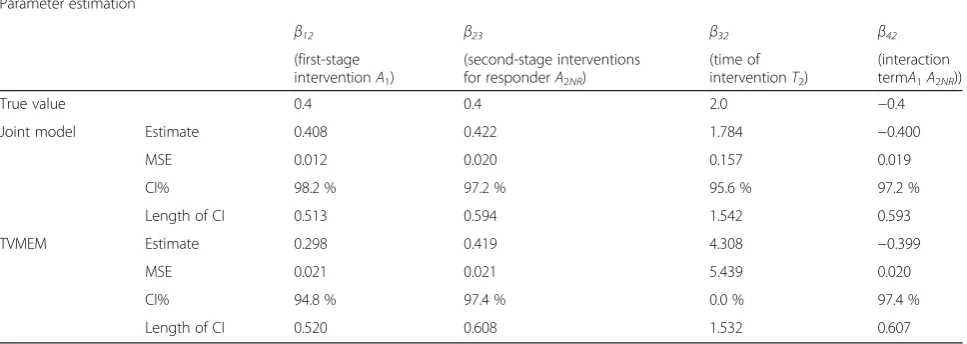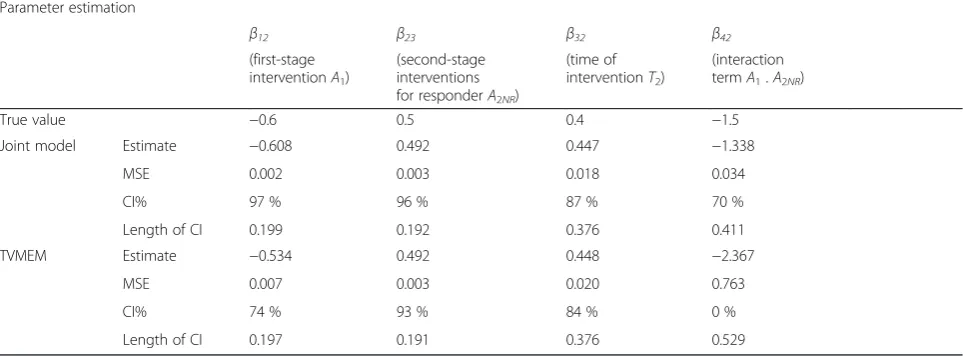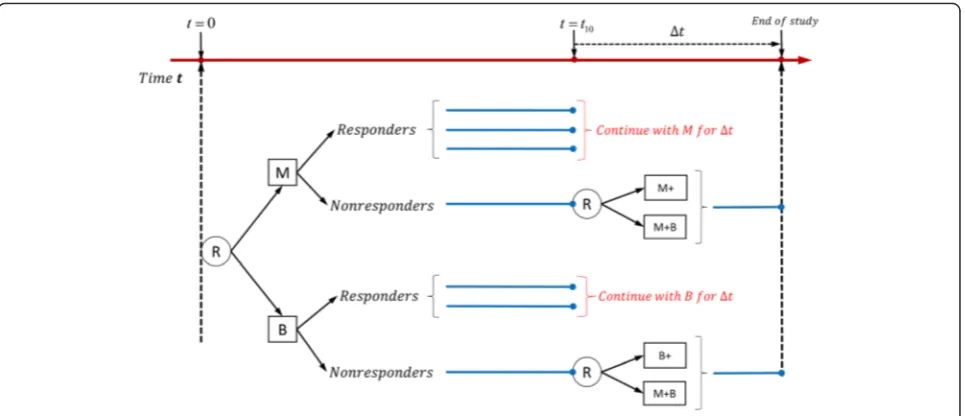Time-varying SMART design and data analysis methods for evaluating adaptive intervention effects
Full text
Figure
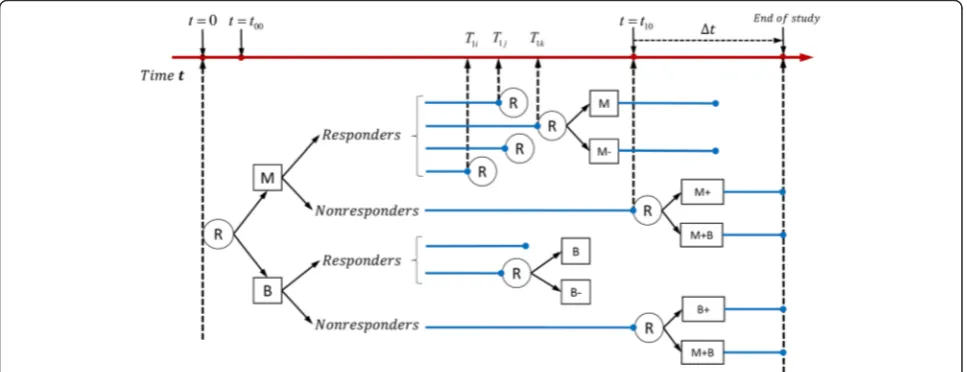
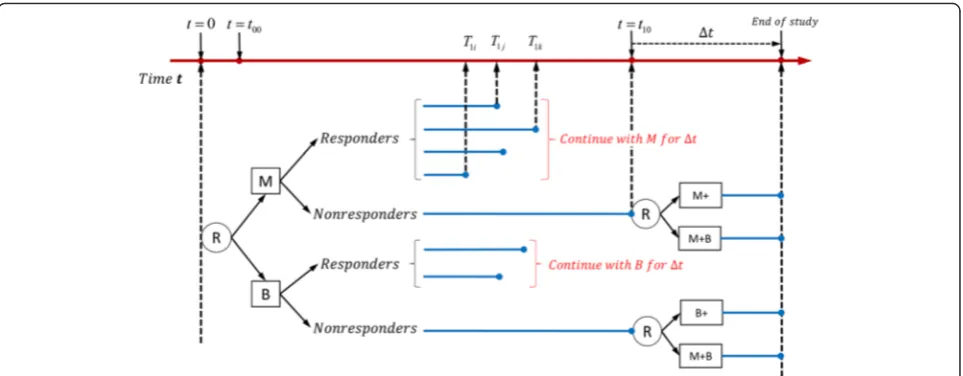


Related documents
The following service marks and trademarks are owned by FedEx and registered in the United States Patent and Trademark Office as well as in certain foreign countries: FEDERAL
Southern highbush cultivars with a low winter chilling requirement (400 hours or less) bloom early, so they are best adapted to south Georgia. They are generally more difficult
An inductive, bottom-up approach using existing PM&V tools, such as perfSONAR(pS), Circuit Monitoring (CMon) and Service Quality Management (SQM) have been chosen to define
In case of textile processing unit, in addition to blue, green and grey WFs of finished product, the water footprint of all non-cotton raw materials will also be included.. It would
tweets. Similarly, this research used the number of page views links posted to Twitter received to explore how the content of a tweet affects news stories’ online readership.
EDS mapping was performed on one of the cracks that not only revealed the presence of a Zn-rich phase, but also a Cu-rich phase (Figure 36). This Cu is believed to come from the RSW
Our results provide guidelines and insights about five issues: (i) how much the retailer should order at each replenishment and how much he/she should invest in emission reduction

